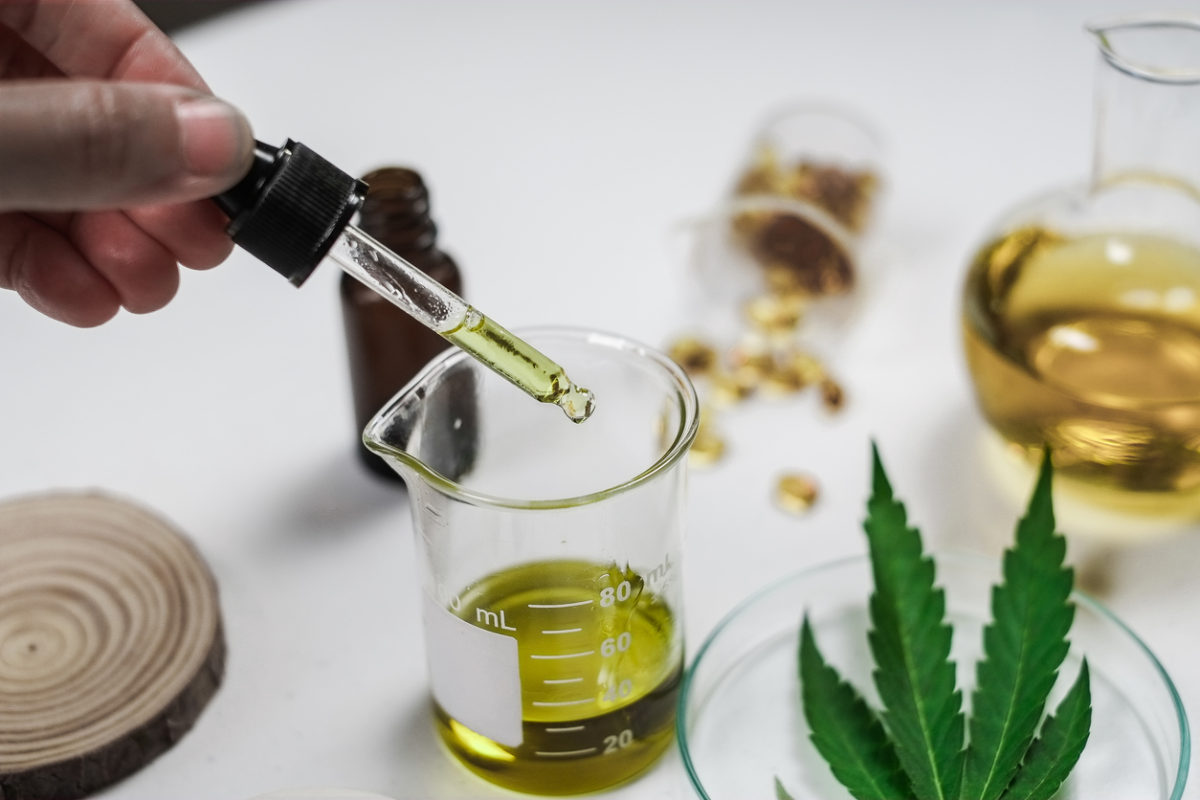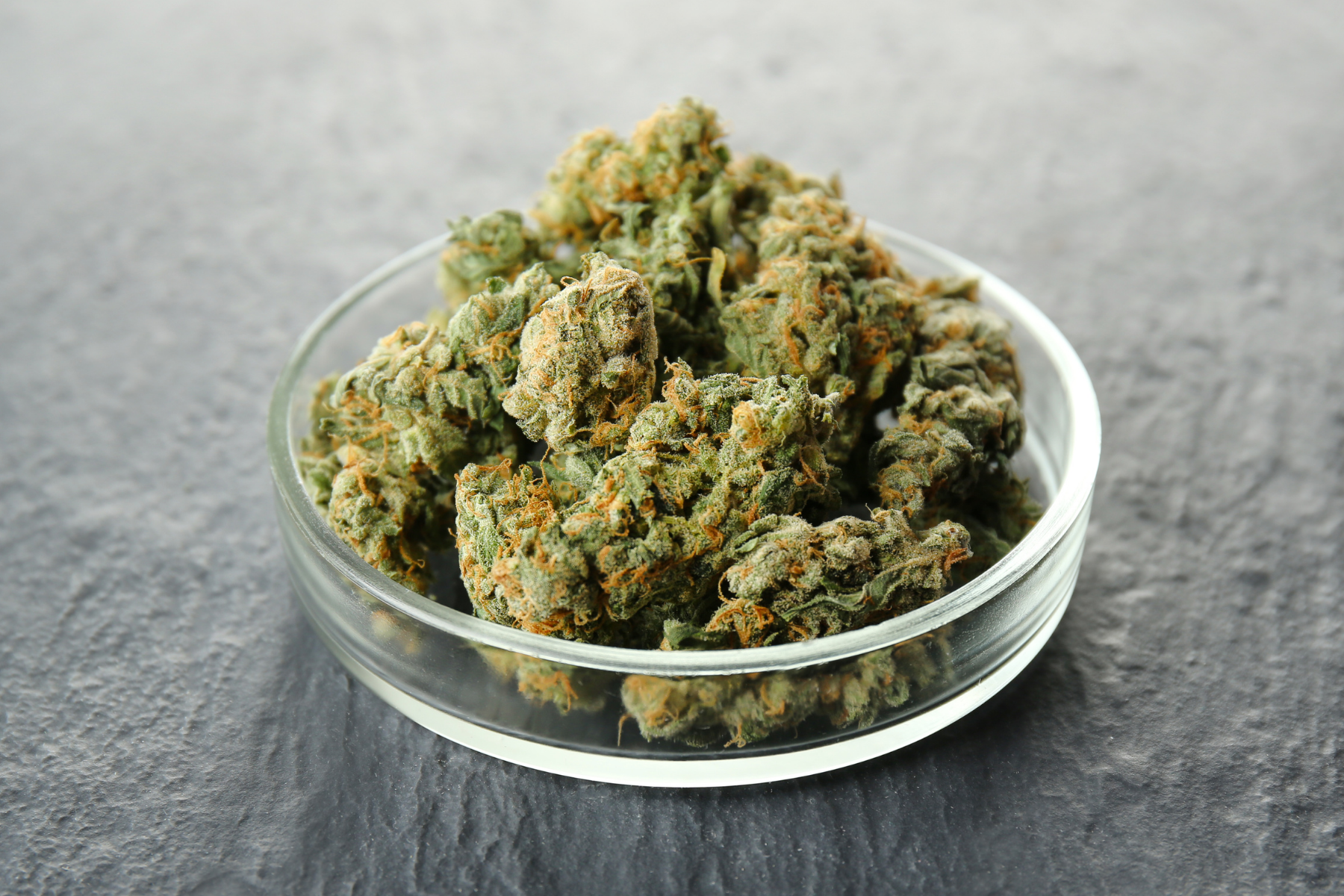Talking with Taru Blog & YouTube Video
Here are some of the common myths about marijuana, many of which have been sponsored by industries that benefit from the prohibition of Marijuana (Cannabis), along with the facts.
Myth: Marijuana is a “gateway” drug.
Fact: Most people who use marijuana do not go on to become addicted to other drugs. Becoming dependent on Marijuana is not common. One study found that only 9% of those who try marijuana develop dependence compared to, for example, 24% of those that try heroin1.
That said, regular use may lead to tolerance and then higher doses of Cannabis are needed to achieve the same therapeutic effect. The research indicates that the physiological, behavioral, and cognitive effects of marijuana decrease over time. That’s easily solved by taking a tolerance break which will reset the endocannabinoid system that regulates this. We’ll talk about that amazing system in the next blog post.
Myth: Marijuana kills brain cells and lowers IQ.
Fact: Numerous studies have proven Cannabis does just the opposite – it can promote the growth and development of new brain cells and boost other kinds of brain activity, for example, creative thinking. According to a program run by a Harvard Medical School Neuroscientist, the Marijuana Investigations for Neuroscientific Discovery (MIND), adults in their longitudinal study who used Cannabis for various conditions and symptoms actually performed better on cognitive tasks and had improved mood, energy, and sleep! However, brain development can be unfavorably affected if heavy cannabis use is begun during adolescence.
Myth: Marijuana only makes you “stoned” or “high”.
Fact: Smoking or ingesting Cannabis can cause a psychoactive effect, the “high”, which most people describe as a pleasant euphoria and enhancement of the senses, and it can include less desirable features like sedation and paranoia. However, when using proper Medical Cannabis dosing, there is little chance of producing these ill effects and instead can provide extremely effective medicinal benefits.
Myth: Smoking marijuana causes cancer.
Fact: A large study by UCLA in 2006 showed heavy Cannabis users have an equal or lower rate of lung and respiratory cancers than non-users2. There was even a suggestion of some protective effects from using Cannabis.
Myth: Marijuana makes people hungry and fat.
Fact: A 2011 study of 52,000 participants in the American Journal of Epidemiology showed people who use Cannabis at least three times a week, compared with those who don’t use it at all, are one-third less likely to be obese.3
Myth: Marijuana makes people mentally unstable.
Fact: Science suggests is much more common for Cannabis to actually help mental illness such as depression, anxiety, PTSD, bipolar disorder, and even schizophrenia, especially when used under the guidance of a healthcare professional.
Myth: Marijuana Kills!
Fact: Nope, and it’s extremely unlikely to kill you because so far, it seems that hasn’t happened. There are zero reported cases of marijuana-induced death! However, if you take too much, it can make you feel nauseous, dizzy, shaky, anxious, or even paranoid for a while. It doesn’t last but it can definitely feel unpleasant while it does. According to Dr. Dustin Sulak, to counteract these symptoms try taking some CBD as it can ameliorate the undesirable effects of too much THC. It’s also wise to increase your water intake, take deep and slow breaths, lie down and close your eyes, and maybe even take a warm shower.
Myth: Elders fear Cannabis and it provides little help for them.
Fact: Research indicates that Elders make up the fastest-growing demographic of Medical Cannabis users.4 For example, they (and I) are opting for using Cannabis for insomnia, chronic pain, anxiety, helping reduce the effects of aging on one’s memory, and because it’s safer and more cost-effective than other commonly prescribed drugs.
So, beware of the myths and know that Cannabis taken with care and awareness can help with a myriad of health issues. My next blog post will explain the wondrous Endocannabinoid system (ECS) and how Cannabis helps it maintain the body’s homeostasis.
-Taru Fisher, Healer Certified Medical Cannabis Wellness Advisor & NLP Health Practitioner
References:
Anthony JC, Warner L, Kessler R. Comparative epidemiology
of dependence on tobacco, alcohol, controlled substances, and inhalants: basic findings from the National Comorbidity Survey. Exp Clin Psychopharmacol 1994; 2: 244–68.
Hasibe, Mia, et al. “Marijuana use and the risk of lung and upper aerodigestive tract cancers; results of a population-based case-control study.” Cancer Epidemiology Biomarkers & Prevention 15.10 (2006): 1829-1834
Le Strat, Yann, and Bernard Le Foll. “Obesity and cannabis use: results from 2 representative national surveys.” American journal of epidemiology (2011): kwr200.
Benjamin H. Han, MD, MPH1,2,3; Joseph J. Palamar, Ph.D., MPH2,3 JAMA Intern Med. 2020;180(4):609-611. doi:10.1001/jamainternmed.2019.7517
© 2021 Jean-Anne Taru Fisher
Used with Permission



